Hello! This is Kumakichi!
Today, I’d like to introduce you to Jōchi-ji Temple. Located about a 10-minute walk from Kitakamakura Station on the JR Yokosuka Line towards Kamakura, Jochiji Temple is easy to find. You’ll start by walking parallel to the railway tracks, and as you come to a level crossing for the Yokosuka Line, you should spot the temple just before you cross.

Jōchi-ji Temple is surrounded by nature, and you can enjoy seasonal flowers throughout the year, from plum blossoms in spring to hydrangeas in early summer. The temple is also home to Hotei, one of the Seven Lucky Gods, and features interesting elements such as the yagura and the horizontal well.
Let’s start exploring Jochiji Temple!
About Jōchi-ji Temple
Jōchi-ji Temple was founded around 1281 to honor the memory of Hojo Munemasa, the third son of Hojo Tokiyori, the fifth shikken (regent) of the Kamakura Shogunate. It is ranked fourth among the Kamakura Five Mountains, a prestigious group of five Zen temples that were given the highest status during the Kamakura period, modeled after China’s Five Mountain System.
When it was established, many monks from Song China came to Jochiji, and at its peak, the temple complex included seven buildings and eleven subsidiary temples.
Exploring the Temple Grounds
First, we’ve arrived near the entrance! The tranquil atmosphere here is quite lovely.

Close by, you’ll find one of the “Kamakura Ten Wells,” known as Kanro Well. The Kamakura Ten Wells refer to ten famous wells in Kamakura that were known for their high-quality water and legends during the Edo period. However, please note that these wells are no longer used for drinking water, so it’s best not to drink from them!
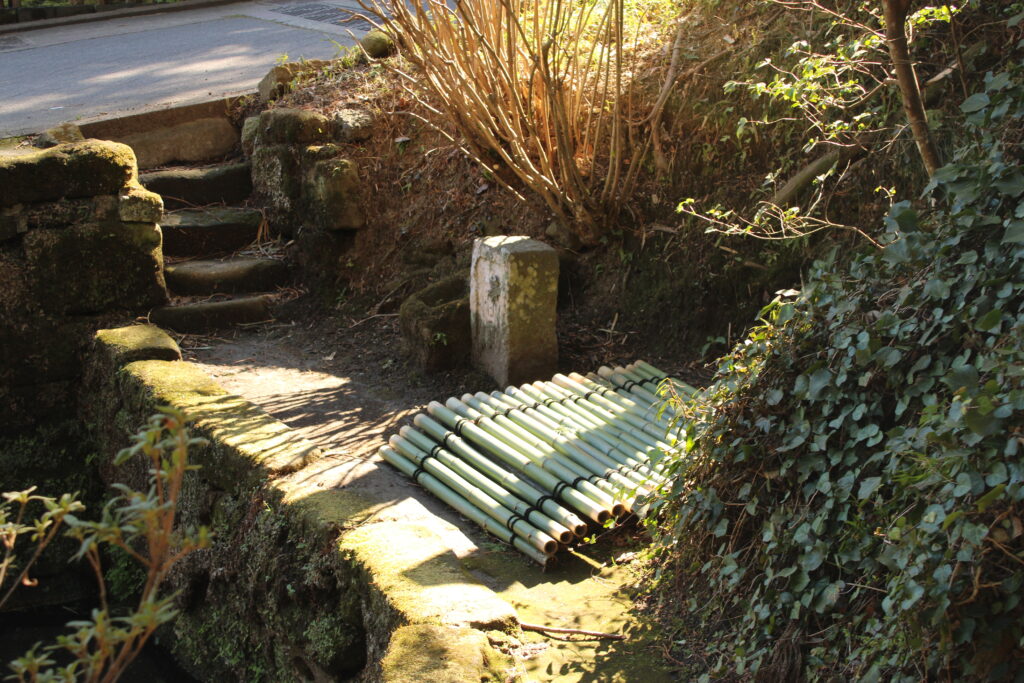
Jochiji Temple is also famous for its plum blossoms. Although I may have missed the peak season, I could still see a few blooms.
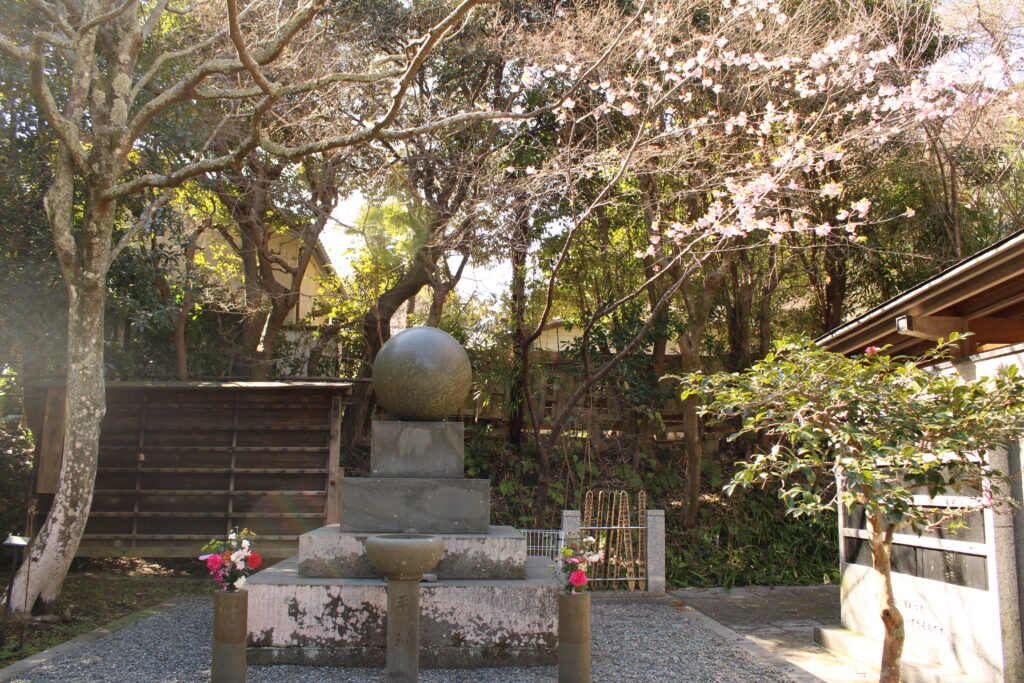
Additionally, there are weeping plum trees here, so if you visit at the right time, you might catch a beautiful sight! Even seeing just a few blossoms, as shown in the photo below, can be quite moving for us Japanese.
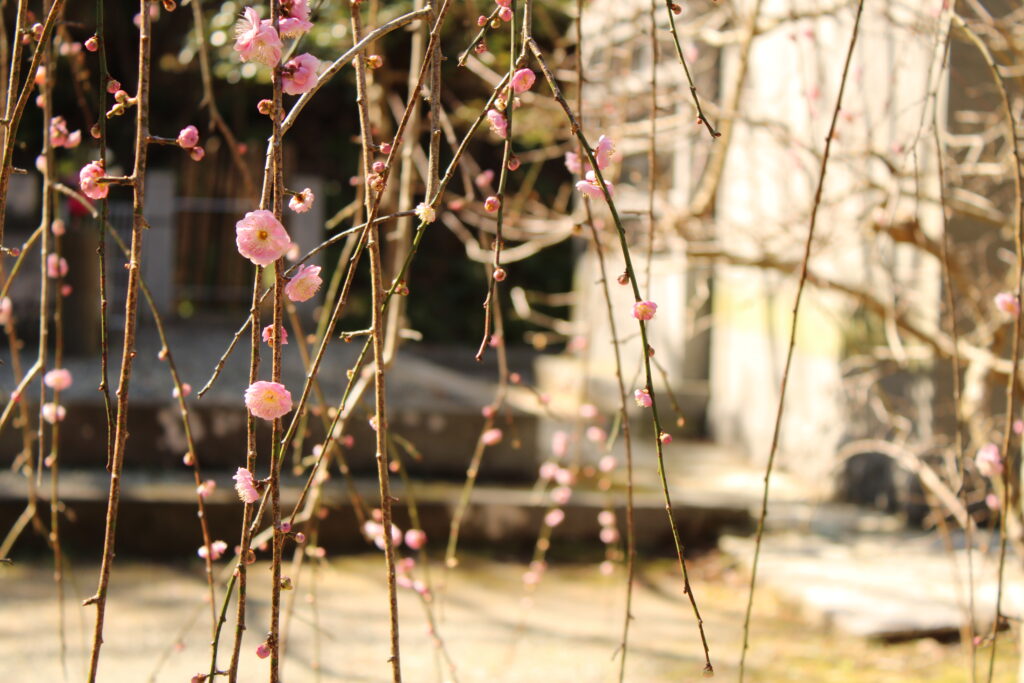
Let’s delve a bit into history. Earlier, we
mentioned Hojo Tokiyori, the fifth shikken of the Kamakura Shogunate. Who was
he?
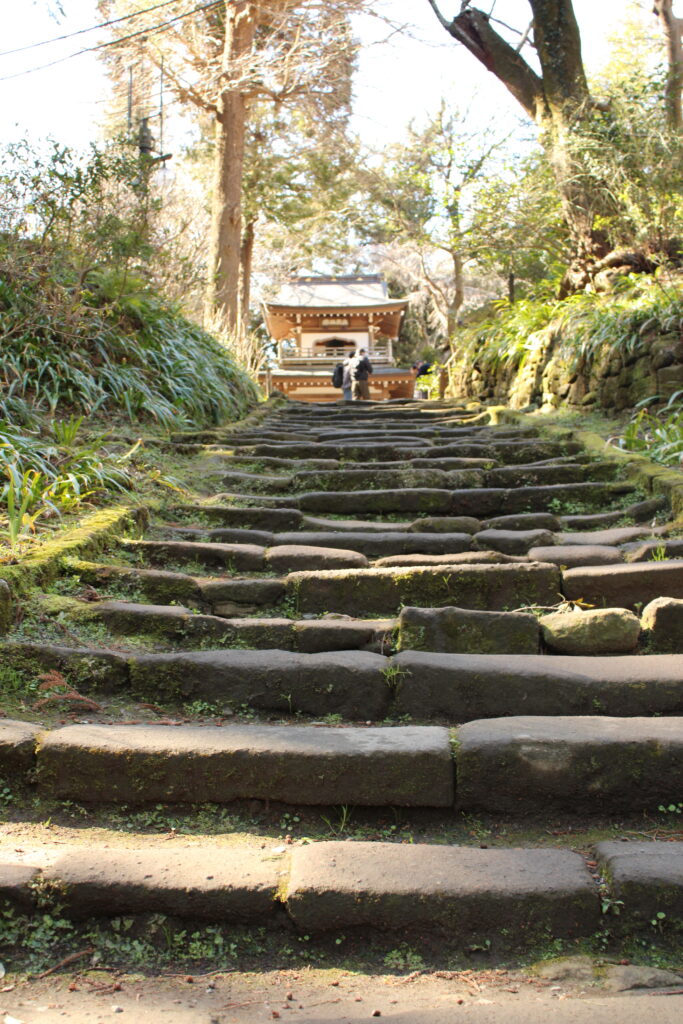
It might be a bit challenging for those unfamiliar with Japanese history, but Hojo Tokiyori was instrumental in consolidating the power of the Hojo clan. He exiled Nagoe Mitsutoki to Izu and defeated the Miura clan in the Hōji Battle, making the Hojo clan’s power formidable. In short, he solidified the Hojo clan’s authority.
Let’s continue our exploration. Jochiji Temple has many attractions. One notable feature is its serene ambiance. As seen in the photo below, cute characters are carved into stones, which brings a smile to your face!

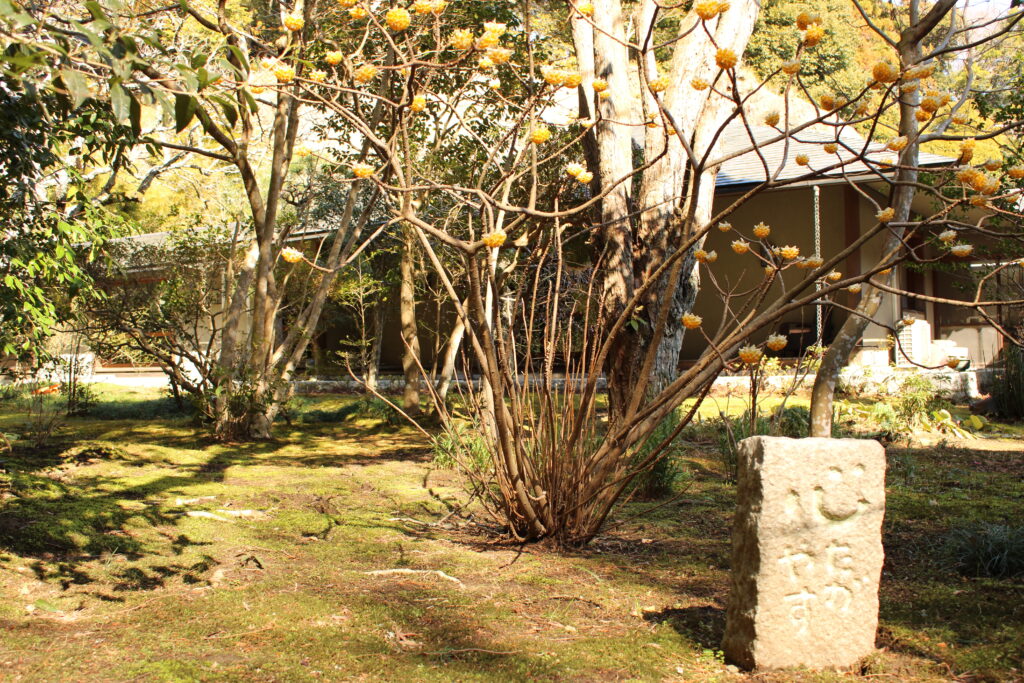
Also, take a look at the photo below. Don’t you wonder, “What on earth is that?!” I imagine it might shoot out beams from the tip, but I’m not quite sure what it actually is. If anyone knows what this is, please let me know!

Next, we’ll visit the yagura and the horizontal well. The yagura refers to horizontal tombs often built from the Kamakura to the Muromachi periods. At Jochiji, these were used not only as tombs but also as storage spaces.
The horizontal well was used to collect mountain water for irrigation. It seems that, until about 30 years ago, it served as a home for bats.

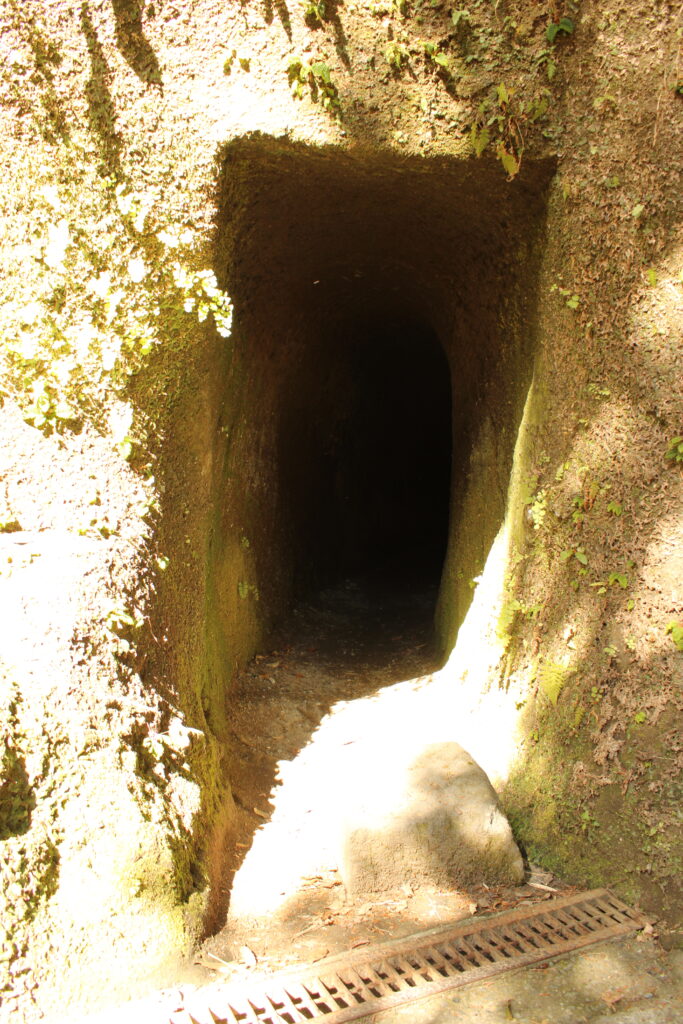
Finally, at the climax of our visit, you’ll encounter a stone statue of Hotei, one of the Seven Lucky Gods of Kamakura and Enoshima.
What kind of deity is Hotei?
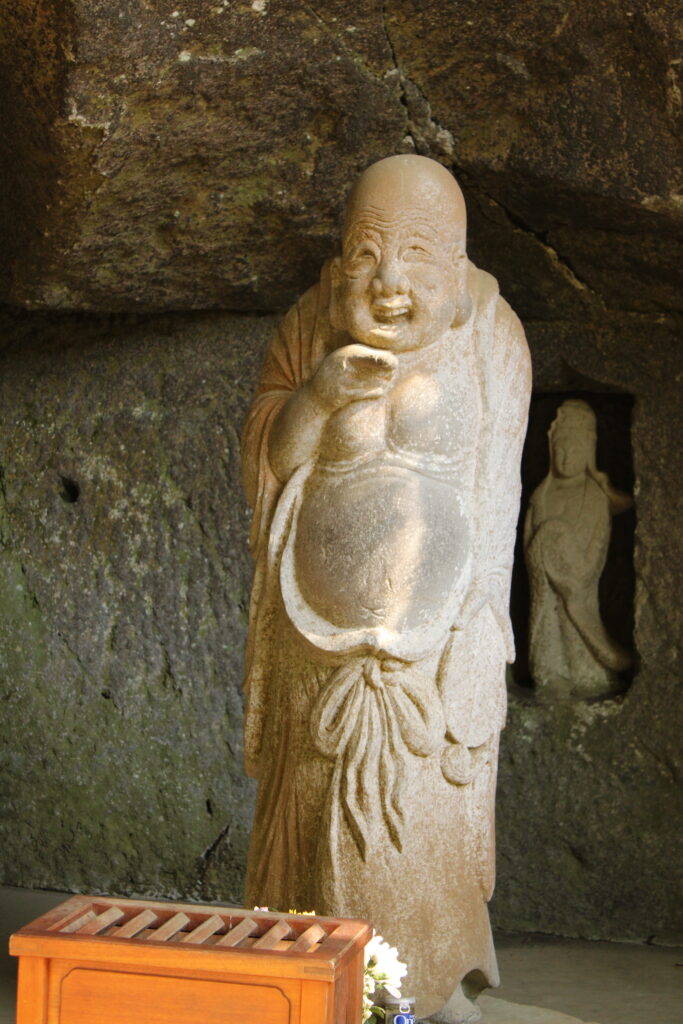
Hotei is a god who bestows wisdom and creates people who are blessed with happiness and virtue. Since I’m not very wise myself, I earnestly prayed for some wisdom! I hope my wish comes true! Also, it’s said that rubbing Hotei’s belly brings good fortune!
Conclusion
How did you feel?
Jōchi-ji Temple offers both historical and cultural allure, with beautiful seasonal flowers and a serene atmosphere perfect for a refreshing stroll. It’s not far from Kitakamakura Station, making it a great stop if you’re visiting Engaku-ji or Kencho-ji. Additionally, visiting Jōchi-ji along with Meigetsu-in during the hydrangea season is highly recommended. Enjoy your visit!




コメント